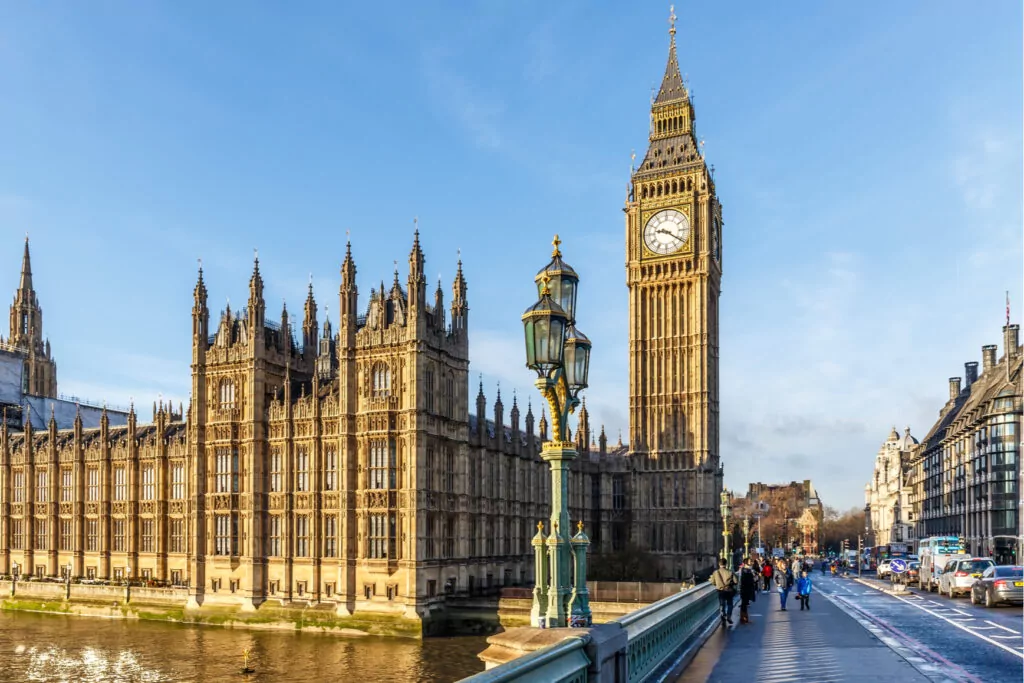
Introduction
Everyone is talking about storage as being the next 'big thing' in the energy sector. Technological innovation is moving quickly, and Government is making encouraging sounds for pushing for large-scale adoption of storage via batteries within the industry. But while this is all encouraging and exciting, our old friend – the planning system – rarely moves as quickly as its energy counterpart. So how will the planning system deal with electricity storage, and will planning law prove to be an obstacle or a gateway to its widespread take-up?
The new technology
What do we mean by storage? For the purposes of this article, we are talking about a non-pumped storage facility via batteries. This facility, as Ofgem has explained, does not generate, distribute or transmit energy. Instead, it stores energy which has already been converted, which is then released on demand to the network. The storage unit could be housed in a new building, a converted building or even as part of a permitted generating facility.
In part due to increasing interest, and partly due to innovation, the cost of storage technology is falling. Lithium-ion battery costs fell 14% per annum from 2007-2014, and are expected to fall around 6% per annum from 2015-2020. Further support can be found at national level, where the Government has gone on the record to state that there is scope for growth in storage of up to 20 GW by 2050. The Government has also identified electricity storage as one of the eight key technologies in which the UK can become a global leader, and one which has the potential to maximise the ability of the UK's generation capacity to meet the demands of the nation.
The planning system
All this good news has led to a minor proliferation of battery projects. There are now over 25 battery projects either in construction or operational in the UK, with six projects being supported by the Ofgem Low Carbon Network Fund.
However, despite the increasing interest, "electricity storage using batteries" is yet to be classified and/or defined in planning legislation. So what 'use class' is storage with battery technology?
The permissions granted so far would suggest that it is being treated by LPAs as a sui generis use. This translates as a use of its own kind, and in planning terms would mean that planning permission would always be required to operate a battery facility. However, in our view, this is both too narrow as an interpretation and, to put it bluntly, unimaginative.
Let's take a hypothetical example: an application for storage within an existing B8 unit. The industry's approach so far has been to apply for planning permission for the change of use from B8 to a specific storage of electricity within battery technology, on the assumption that a B8 storage/warehouse use would not allow for such use. However, an alternative approach could be to say that electricity storage is a form of storage, in the same way as data storage or, in fact, any physical storage, is a form of storage. After all, according to the dictionary, "storage" is simply the action or method of storing something for future use. What part of that definition is not met by battery developments for storage?
Let's take another example: an application for a storage scheme as part of a permitted solar scheme? In this example, it will be the character of the primary use of the permitted scheme which will determine whether planning permission is needed for the battery unit. If the character of the use is not materially changed by the storage facility, it will not require its own planning permission, as it will be ancillary to the primary solar use.
The planning system will throw up other issues too. For example, will planning permission be needed for any external works, such as new cables? Would those works be decided on amenity grounds only (eg visual impact), or would the use facilitated by those cables be a legitimate planning consideration? What planning conditions could lawfully be imposed if planning permission was required? If planning permission was required, would it be for a mixed use or a dual use, and what would be the consequences for seeking one rather than the other? These questions, and more, would ideally need to be addressed at the outset.
Some other matters to consider
The installation of storage facilities may raise issues of property law. An obvious one would be whether the new facility would be within the terms of any existing lease. Matters to check would be the scope of the permitted use under the lease, and the ability to seek its variation, as necessary. The impact of the storage use on the calculation of any rent review may need consideration, as would the need to satisfy any mortgagee requirements. This last point may be particularly challenging, as the relative infancy of the technology may prove challenging for traditional funders.
Conclusion
Battery facilities will be an area of rapid growth, yet the planning system is not yet sufficiently experienced to fully understand its land use credentials. It is essential, therefore, that the industry not only engages with the planning system but also takes the opportunities to challenge it where necessary, explaining the planning justification for new and innovative permissions. The Government is backing the storage phenomenon – planning should be reminded that it needs to be a gateway, not an obstacle.
Further expert commentary: https://www.footanstey.com/sector/energy/
Contact Us
Tim Taylor, head of planning and partner - [email protected] or +44 (0)1392 685274
Stuart Cleak, partner - [email protected] or +44 (0)117 915 4662
Chris Pritchett, head of energy and partner - [email protected] or +44 (0)117 915 4928
Luke Gabb, energy specialist - [email protected] +44 (0)1392 685357











